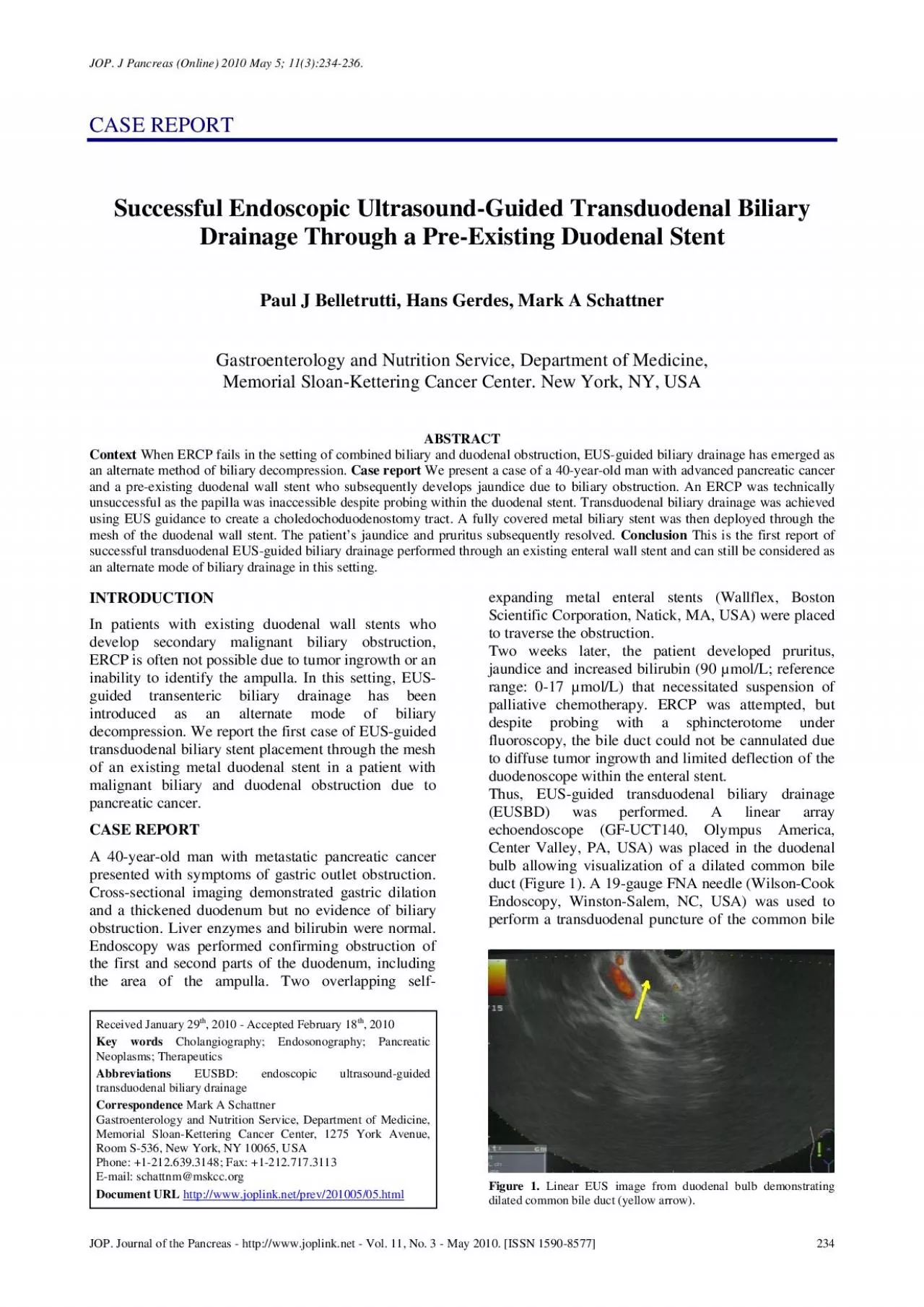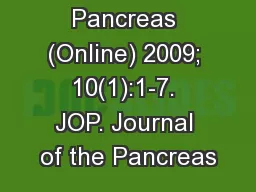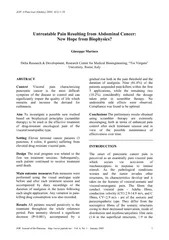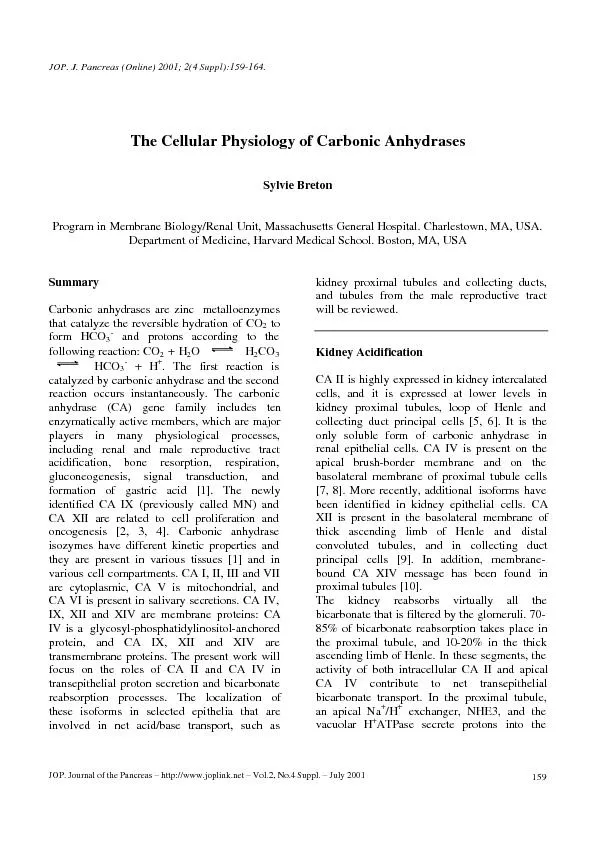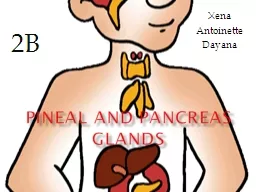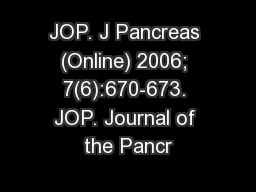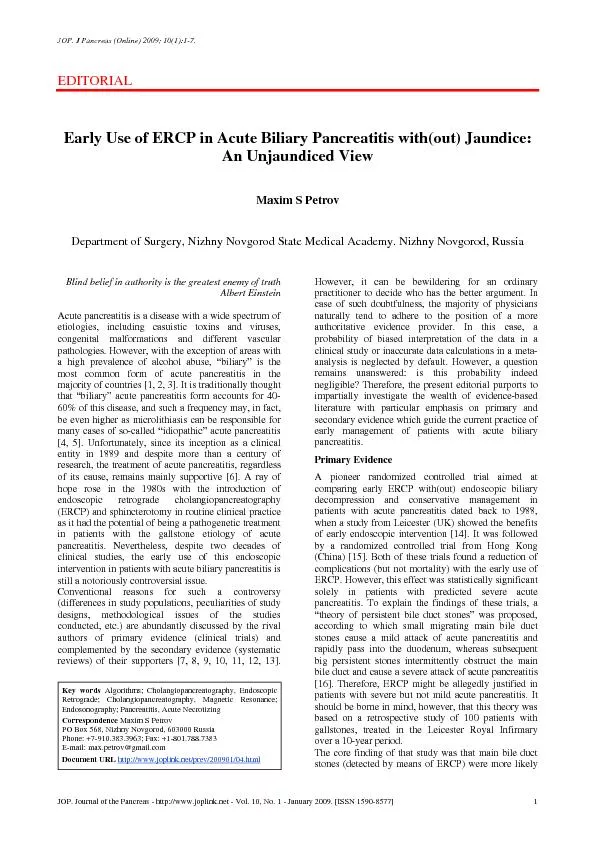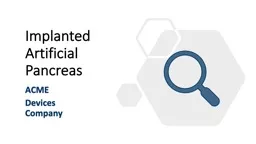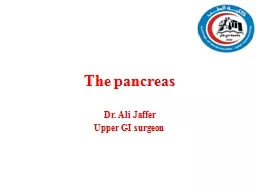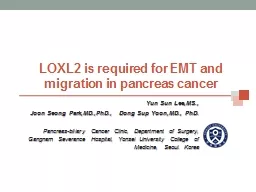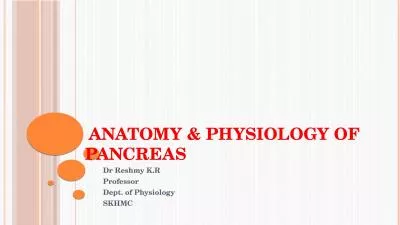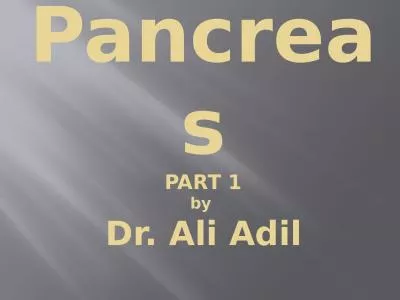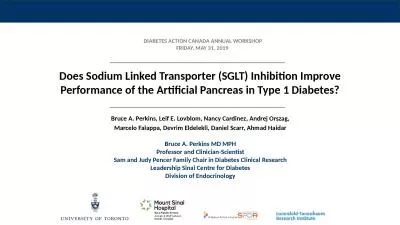PDF-JOP J Pancreas Online 2010 May 5 113234236 JOP Journal of th
Author : martin | Published Date : 2022-09-06
ice Department of Medicine Memorial SloanKettering Cancer Center New York NY USA ABSTRACT When ERCP fails in the setting of combined biliary and duode Received January
Presentation Embed Code
Download Presentation
Download Presentation The PPT/PDF document "JOP J Pancreas Online 2010 May 5 1132342..." is the property of its rightful owner. Permission is granted to download and print the materials on this website for personal, non-commercial use only, and to display it on your personal computer provided you do not modify the materials and that you retain all copyright notices contained in the materials. By downloading content from our website, you accept the terms of this agreement.
JOP J Pancreas Online 2010 May 5 113234236 JOP Journal of th: Transcript
Download Rules Of Document
"JOP J Pancreas Online 2010 May 5 113234236 JOP Journal of th"The content belongs to its owner. You may download and print it for personal use, without modification, and keep all copyright notices. By downloading, you agree to these terms.
Related Documents

